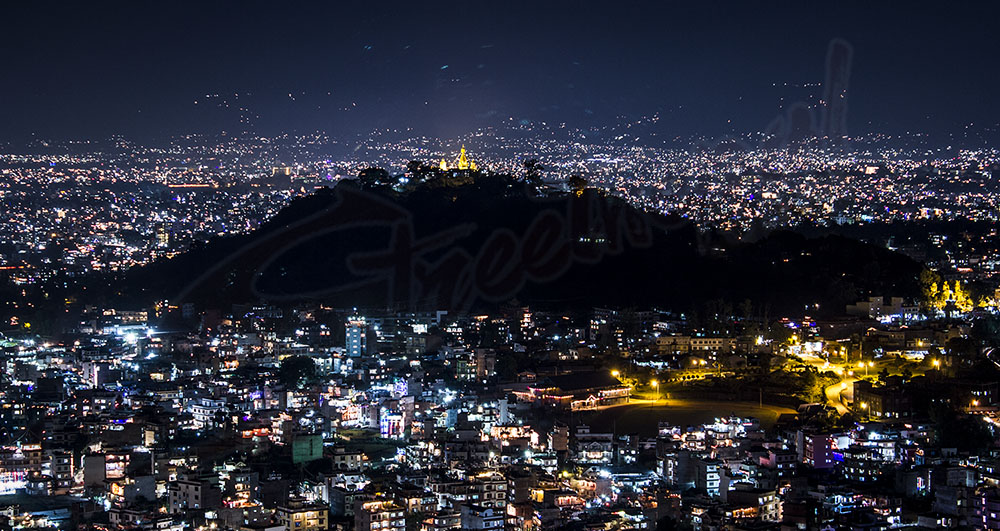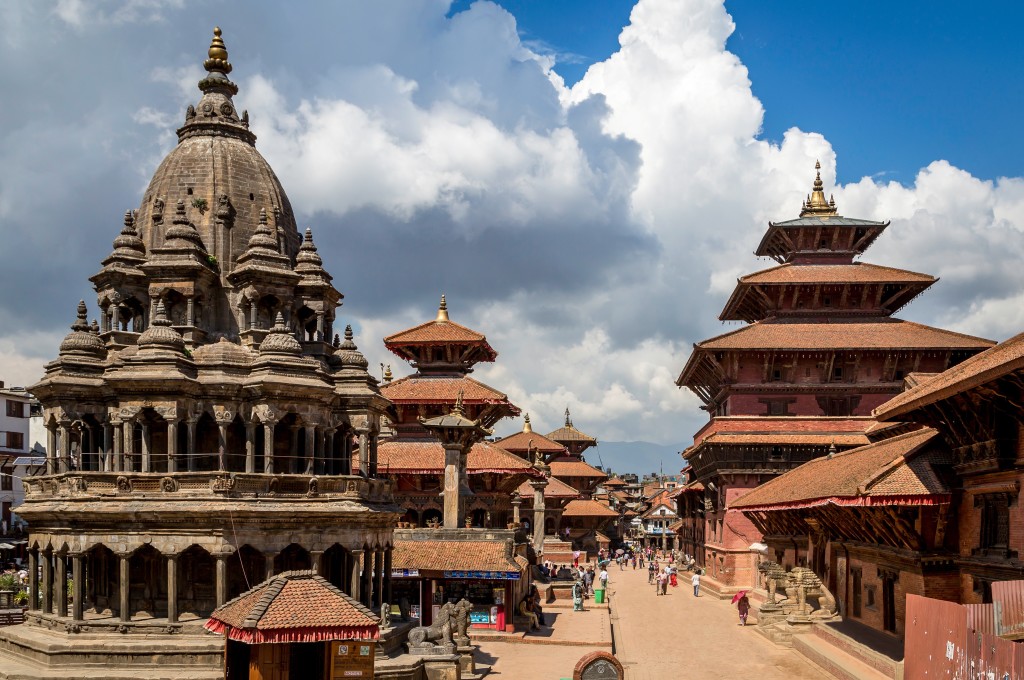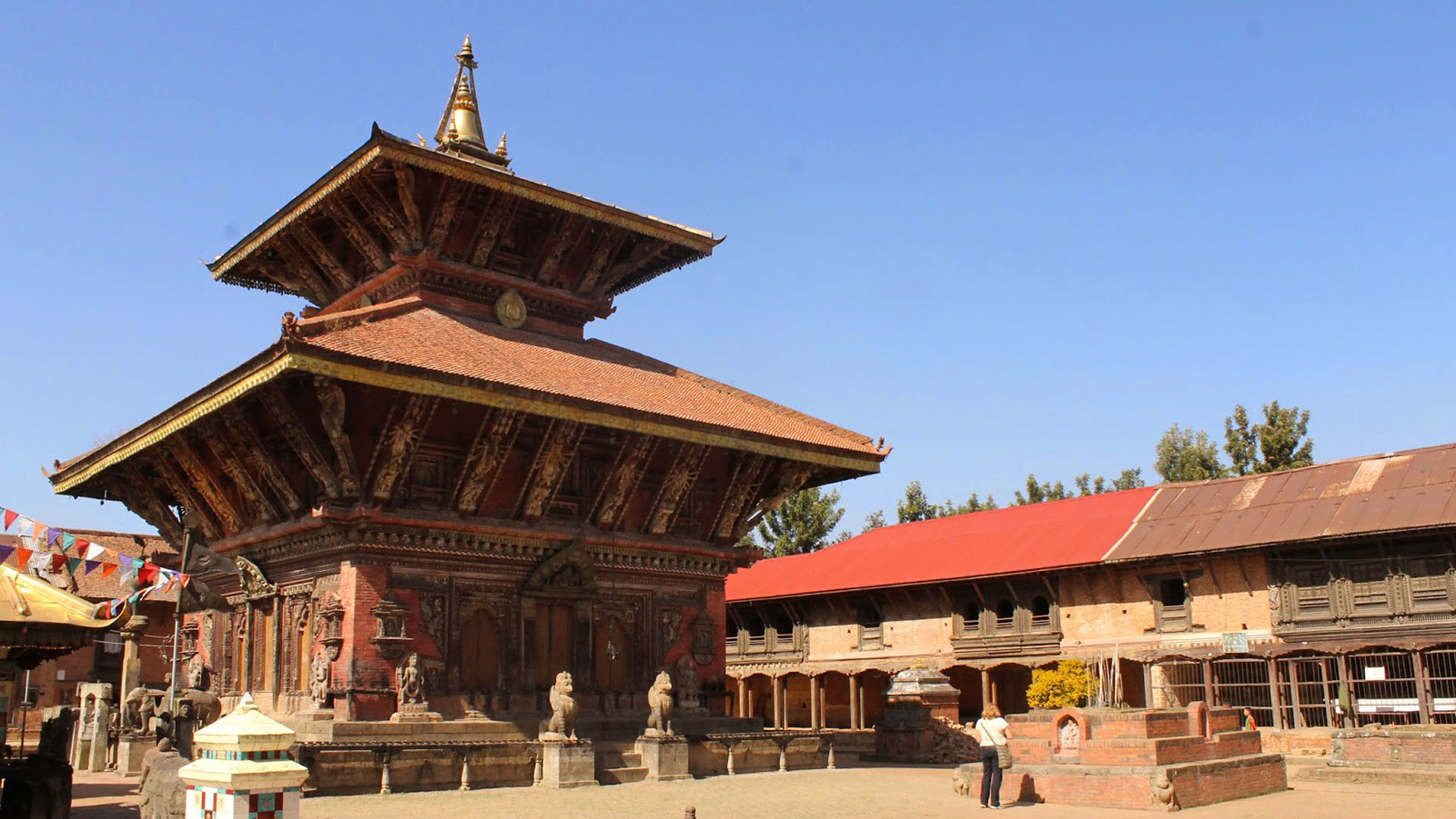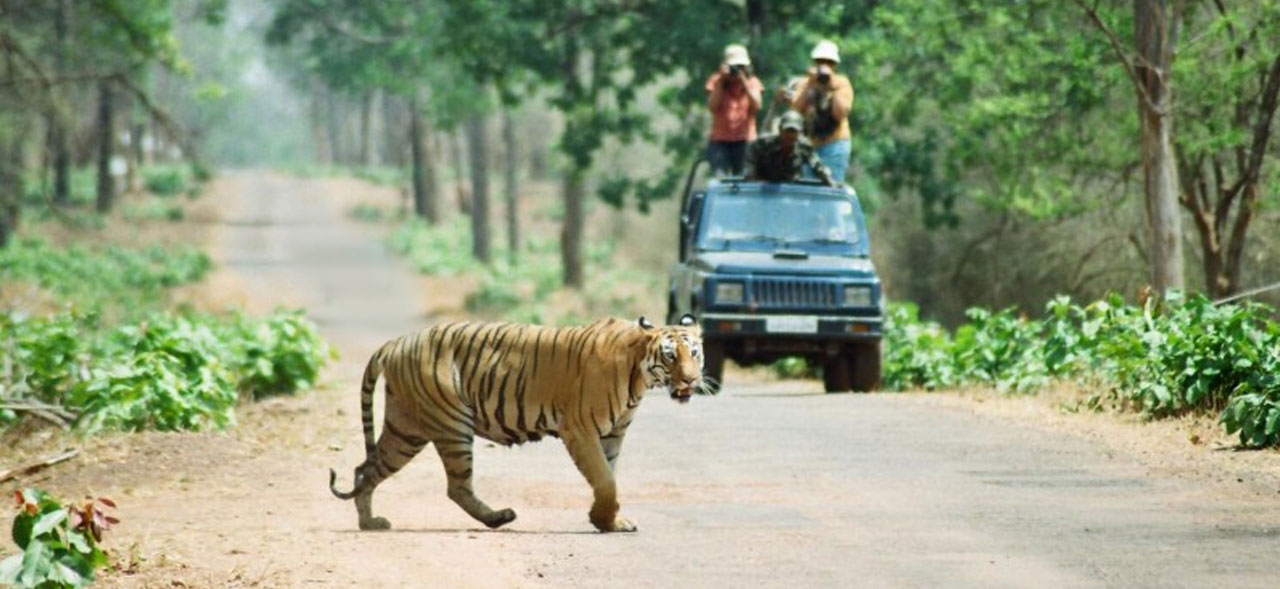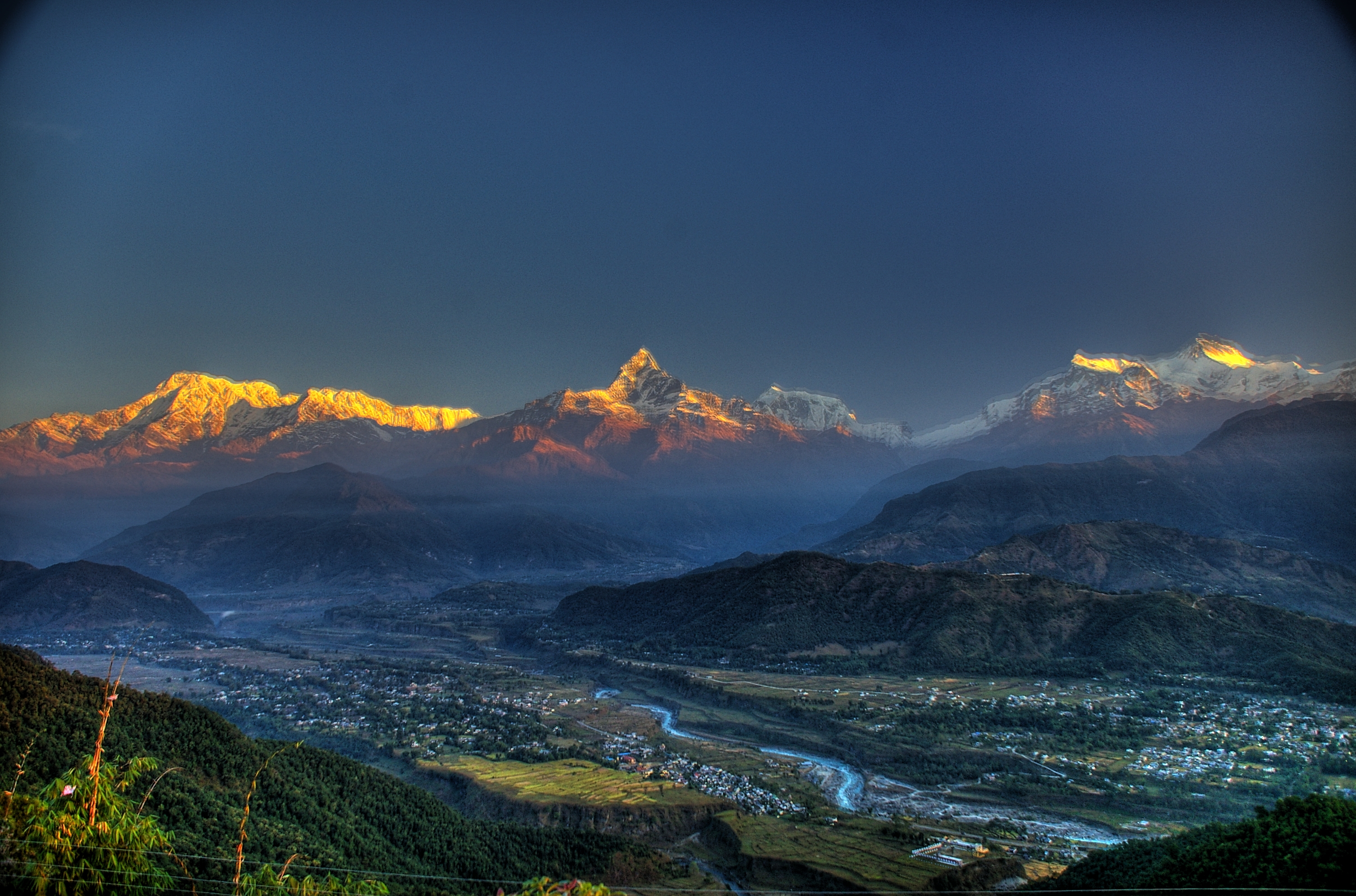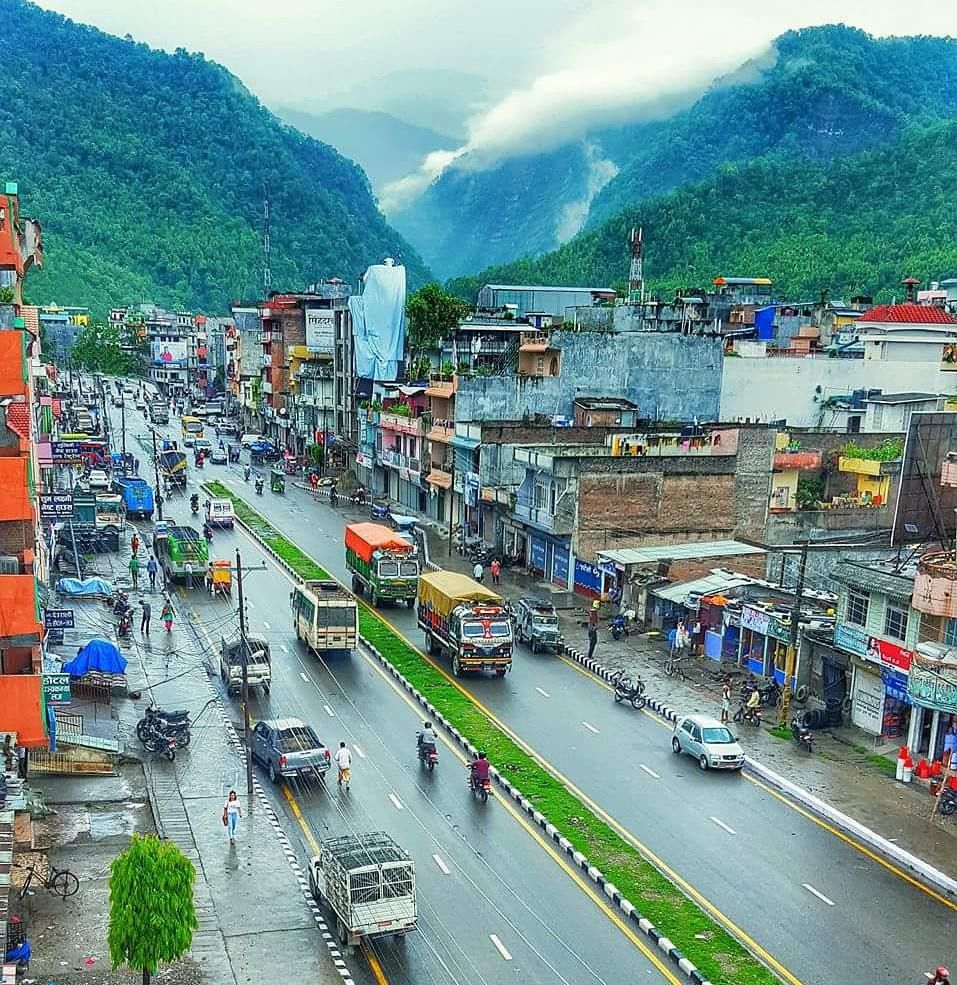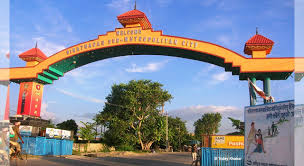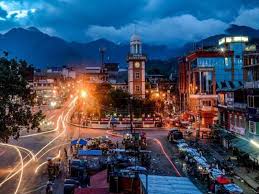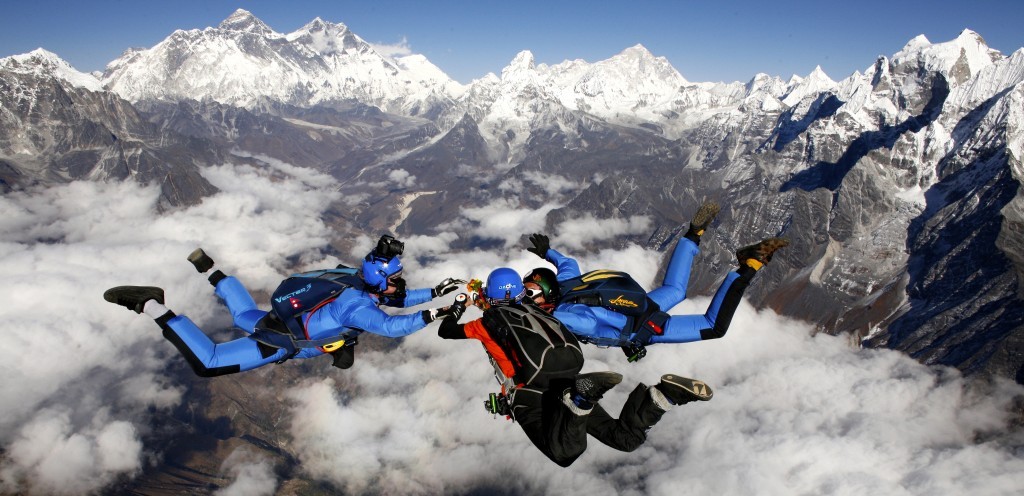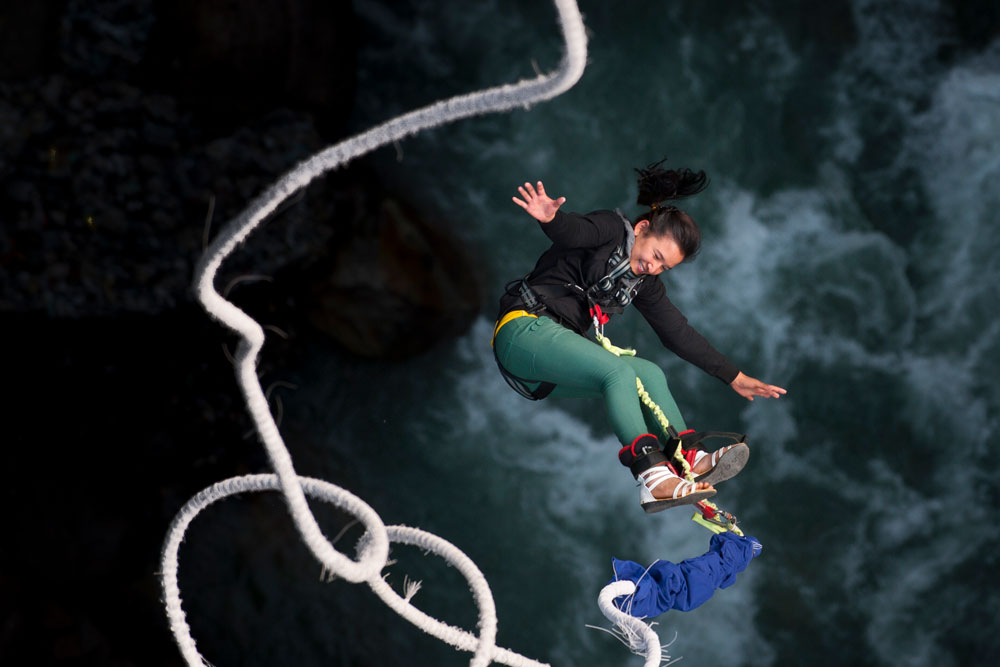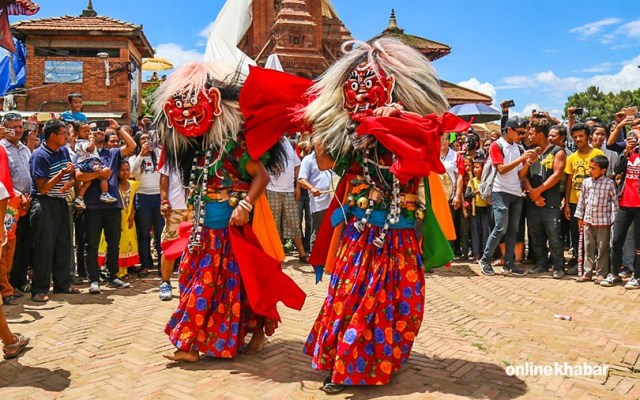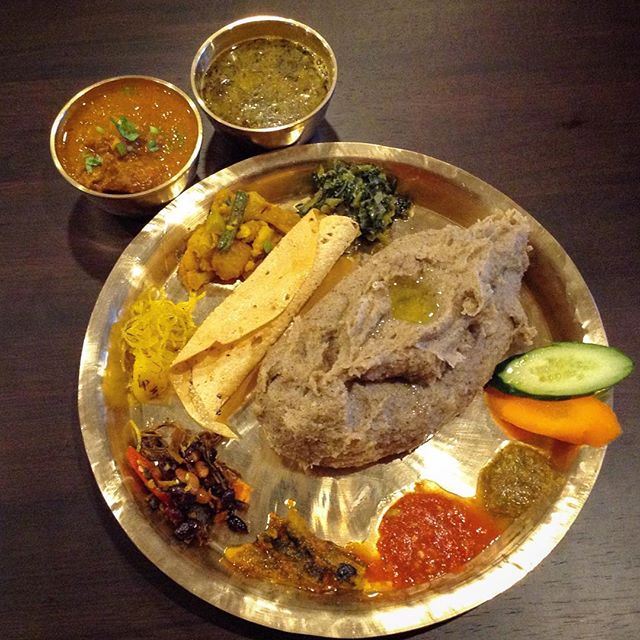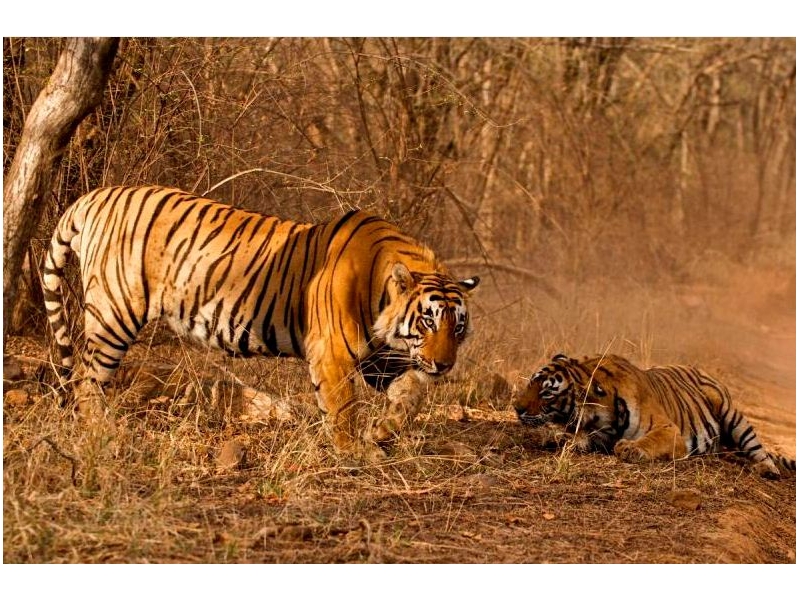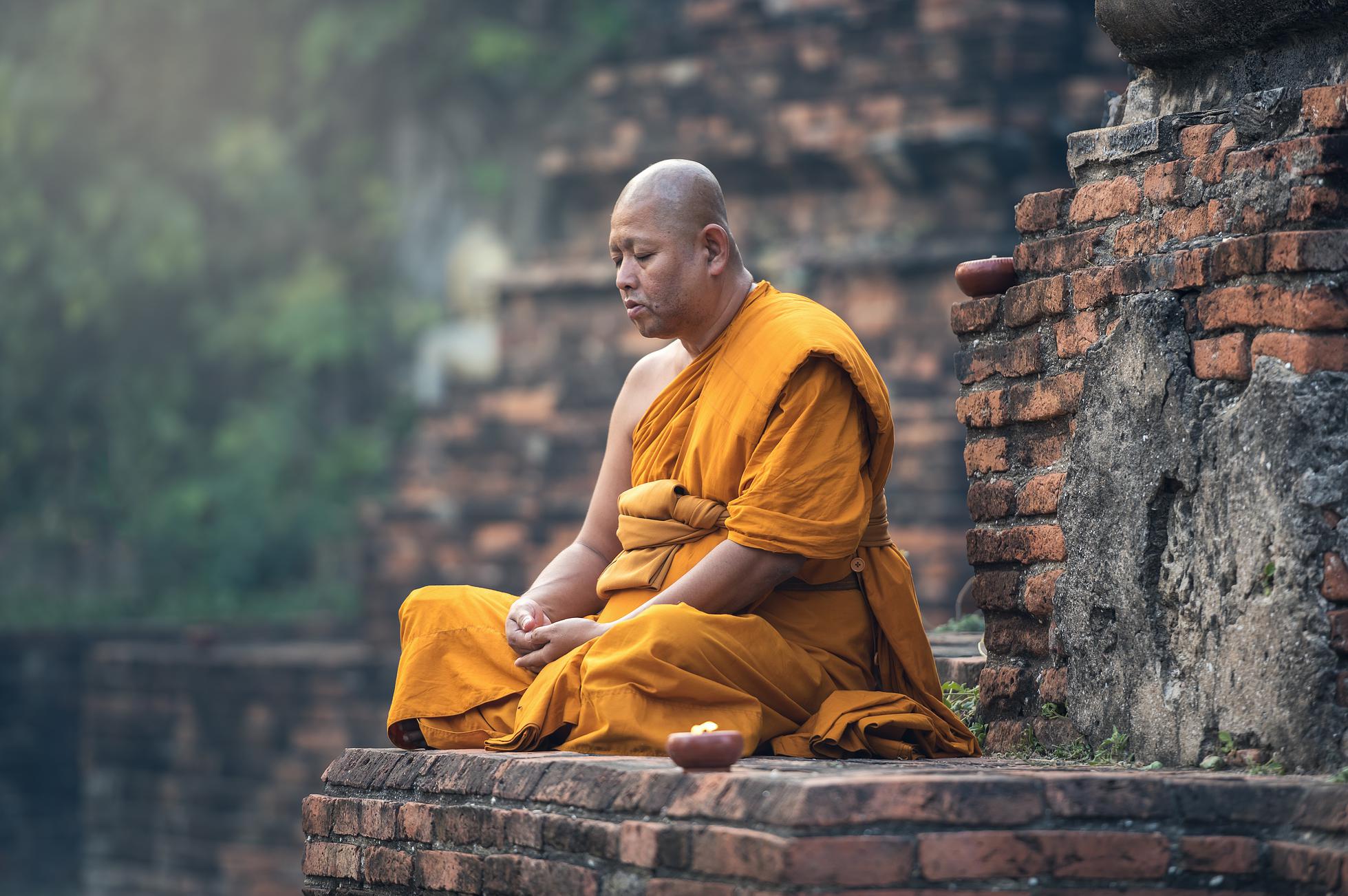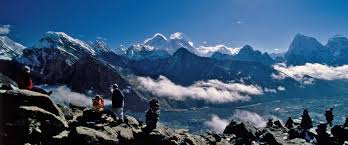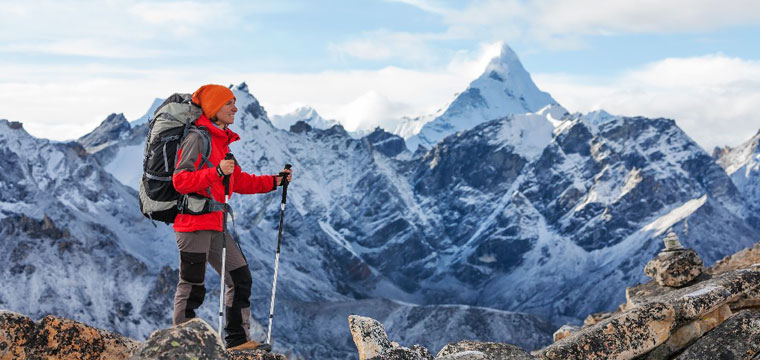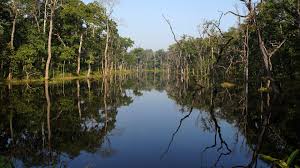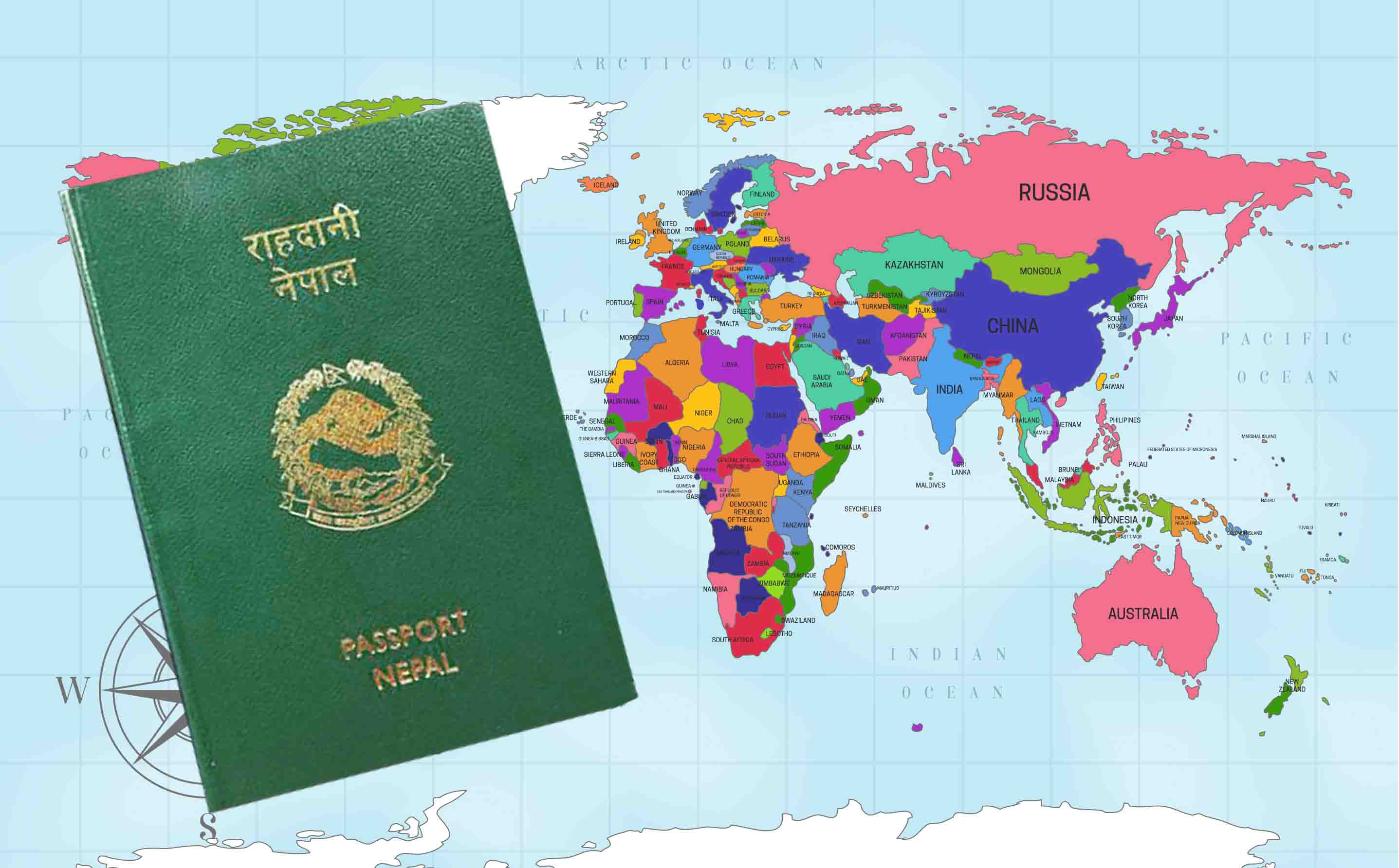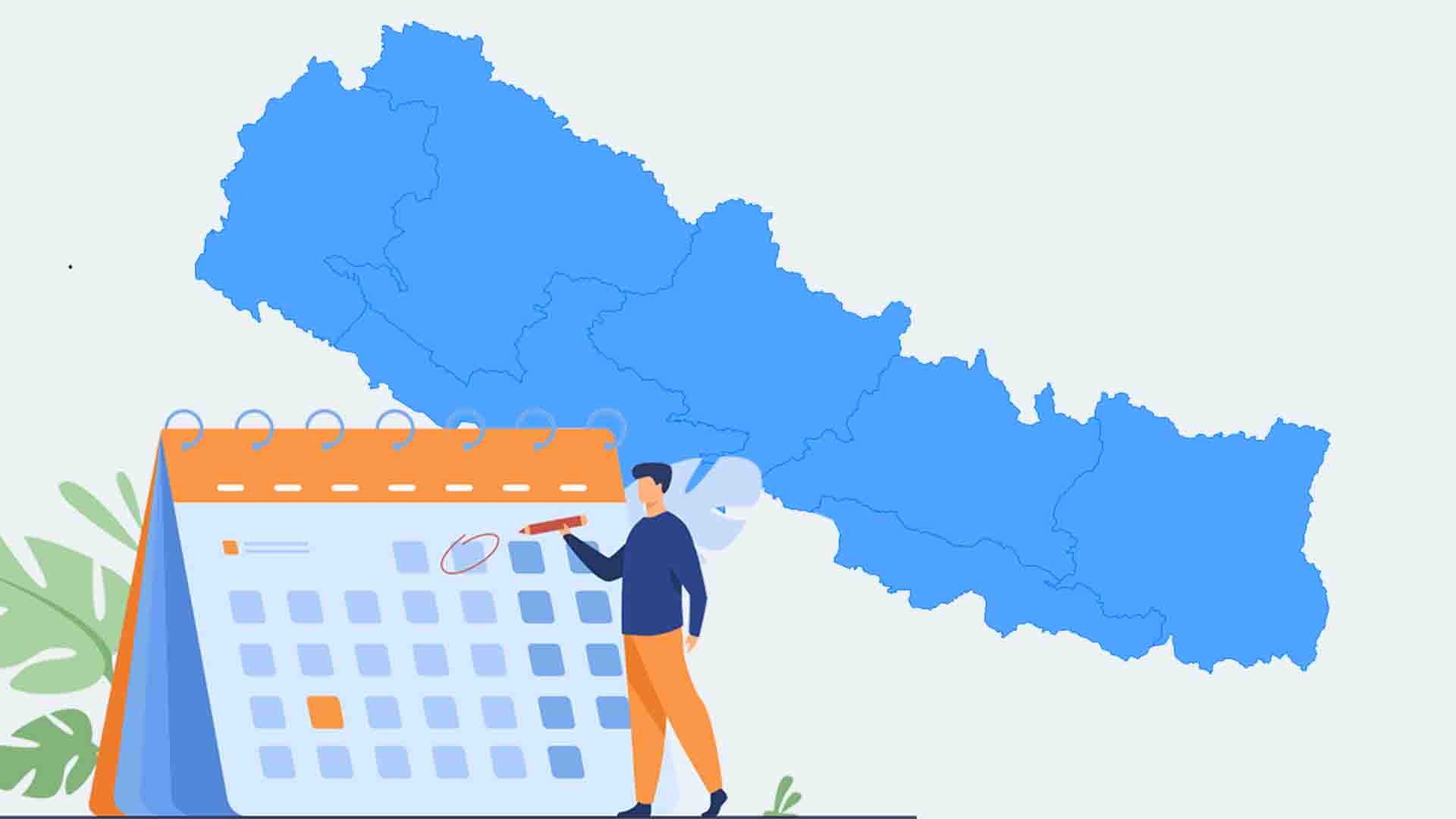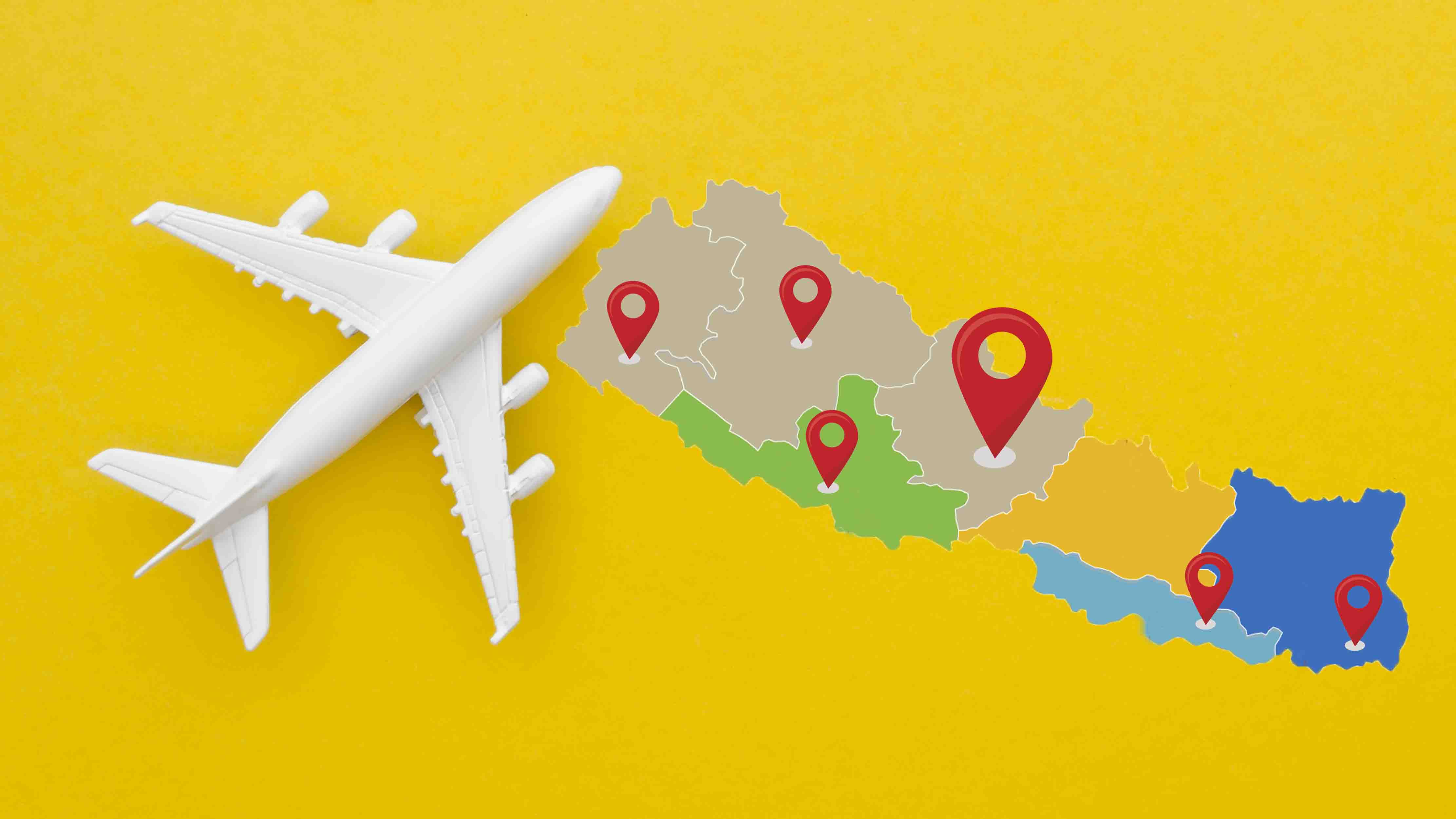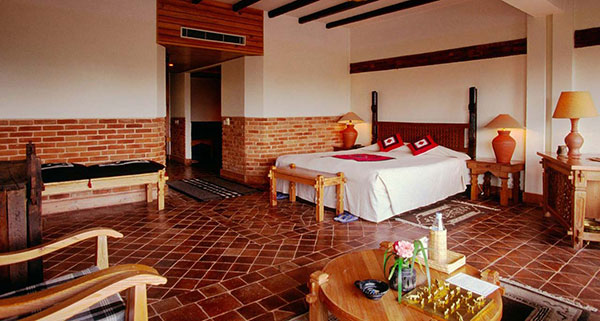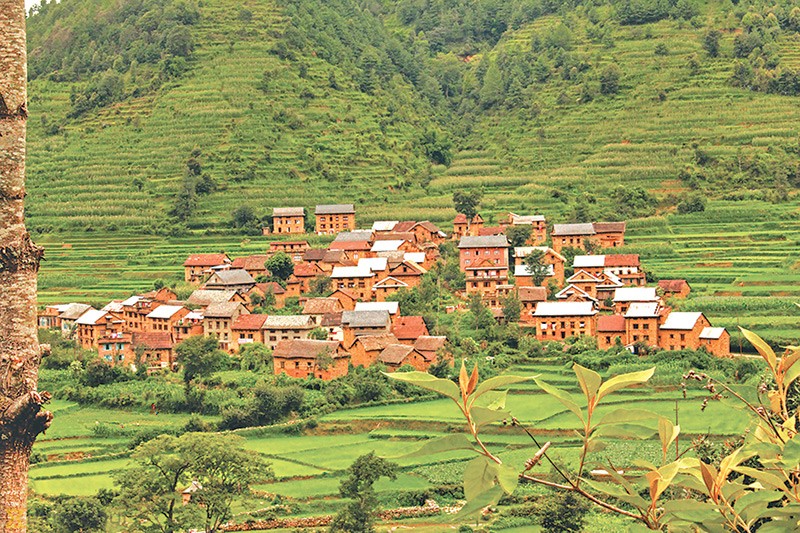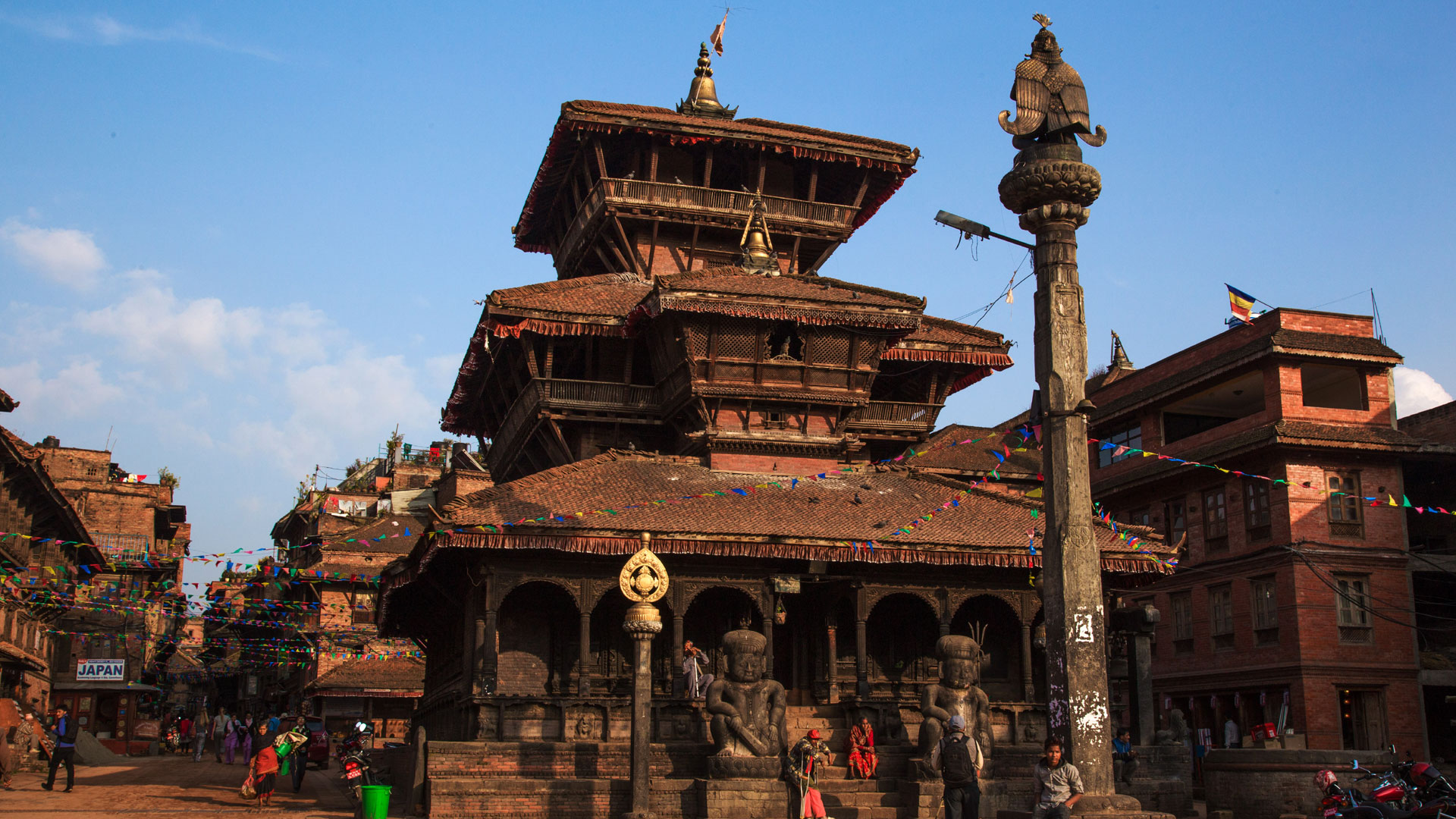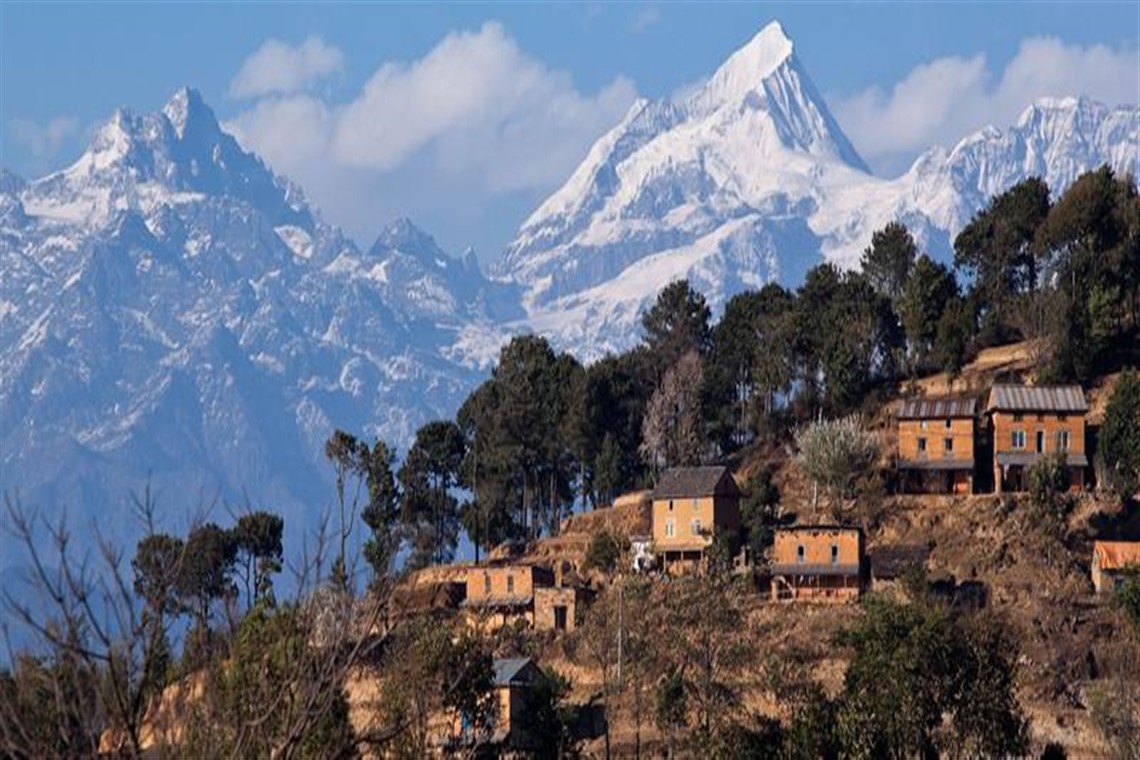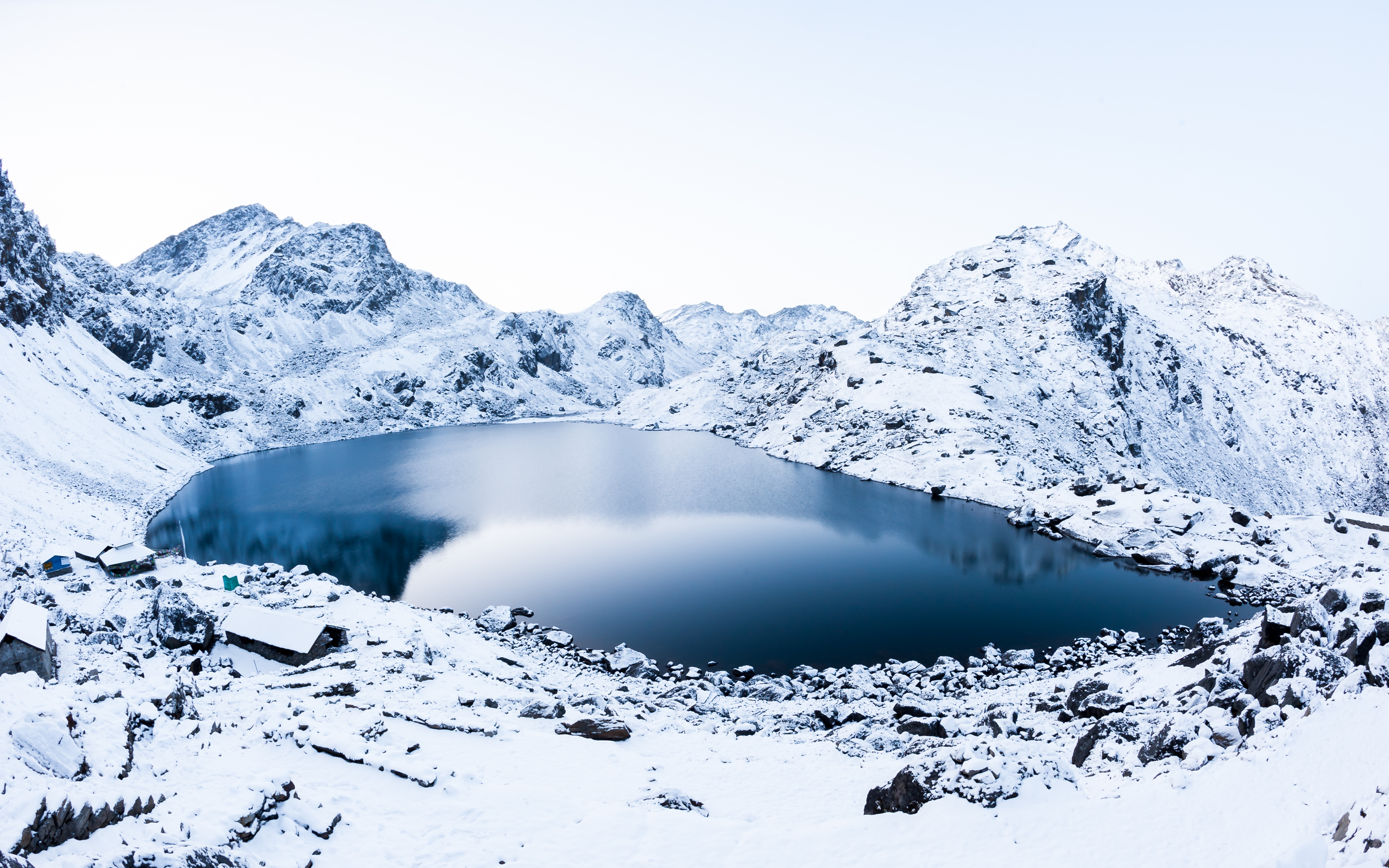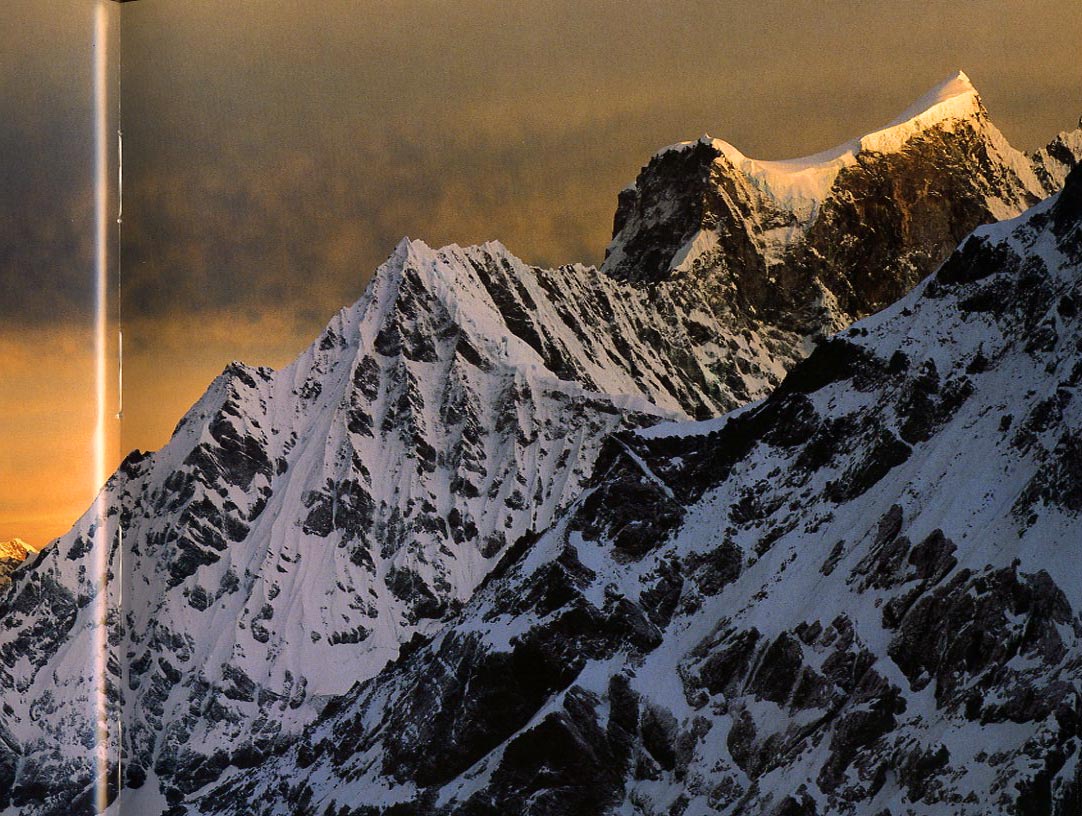Kathmandu Valley, known initially as Kantipur, is the capital city of Nepal. According to myth, Kathmandu, initially a lake, was formed into a valley after the Tibetan Saint. Manjushree cut the Chobar ridge into half using his powerful sword to allow drainage of water.
Kathmandu, having less than a thousand Km2 area, is home to around 6000 Hindu temples. Pashupati Nath temple, known as Monkey temple, alone welcomes more than 700,000 pilgrims every year. Being part of an evening chanting – aarati in Pashupati Nath is a magical experience. Other temples like Boudhanath Stupa, and Swayambhunath Stupa, around 2000 years old, have shown the examples of majestic architectures and religious harmony.
Kathmandu, rich with unique architectures, has a lot to tell about its history through mind-blowing structures like durbar squares that have witnessed several kings. If you are interested to see how kings lived before Nepal became a democratic and a secular country, do not forget to visit Narayanhiti Palace Museum – a royal palace, which holds a mystery of Royal Assassination.
Exploring the cultures of Newars, the primary inhabitants of Kathmandu, is one of the must-do things in Kathmandu. You can witness the living goddess of Nepal – Kumari at Kumari House in Durbar Square, devour unique Newari food delicacies and be part of different festivals.
Major trekking destinations like Everest Base Camp and Langtang National Park begin from Kathmandu. Plenty of hiking destinations like Pulchowki, Nagarkot, Shivpuri, Sundarijal, Champadevi, Chisapani, etc. are possible within a day from Kathmandu.
Dhulikhel, 24 km from Kathmandu, serves the best adventurous destinations for Bungee & Zipline, along with a fantastic view of the mountains. Thamel, Patan Garden of Dreams, Hanuman Dhoka, Chauni Museum, Bhaktapur, Kopan Monastery, Asan Bajar, Taudaha Lake, etc. are some of the famous sites in and around Kathmandu Valley that one must not miss.
If you are planning to visit Kathmandu, you will require plenty of days to explore the best of Kathmandu Valley!
Places To Explore In Kathmandu
Pashupatinath Temple
Pashupatinath Temple, UNESCO World Cultural Heritage Site, is one of Nepal's most famous religious destinations. A combination of religion, culture, engravings, and spectacular history, it covers 246 hectors of land, which is home to several structures, monuments, and parks.
An open museum, Pashupatinath, is home to Dome style, Pagoda style, Shikhara style, etc. structures formed of wood, metal, and stone. More than hundreds of rituals take place in the temple every day that spreads up to Guheshwori. Bhubaneswar, Dakshinamurti, Panchdewal, Tamreshwor, and Bishwarupa are famous sites within the Pashupatinath area.
One of the famous Hindu festivals – Maha Shivaratri – marriage anniversary date of Lord Shiva, invites 1.5 million visitors each year with 100,000 foreign tourists. Pashupatinath, located on the eastern outskirts of the capital, is more than just a religious center and offers a unique experience to the wanderer. The temple area serves as a park, forest, crematorium, and home to several Sadhus and Santas who have devoted their life to Pashupatinath.
Known as Monkey Temple, Pashupatinath Temple is renovated by the Prachanda Dev -Lichchavi King during the 5th century because termites demolished it. The main temple has a golden spire, bunk roof, and four main silver doors.
The sad part about the temple is only Hindus get to go inside the main temple. Deer, monkeys, and pigeons surround the temple. Pashupatinath is famous for evening chanting – aarati, that takes place every day with hundreds of visitors. If you are seeking for unique vibes, to feel more connected to spirits, Pashupatinath is the destination for you!
Kathmandu Durbar Square
Katmandu Durbar Square, UNESCO World Heritage Site, is one of the three royal palaces in the capital – Kathmandu. Known as Basantapur Durbar Chhetra, Kathmandu Durbar Square was surrounded by outstanding architecture expressing the skills of indigenous people of Kathmandu Valley – Newars before the 2015 earthquake demolished most of it. The Royal Palace at Dattaraya Square is also moved to Durbar Square after the incident.
Kathmandu Durbar Square, with ancient palaces of Malla and Shah Kings, is surrounded by quadrangles, that reveal courtyards and temples. The entrance of the Square has a statue of Lord Hanuman – a devotee of Lord Rama; therefore, it is also known as Hanuman Dhoka Durbar Square.
Constructed during Lichchavi period, Kathmandu Durbar Square was once a palace of Prithivi Narayan Shah after he invaded Kathmandu. Historically rich, Durbar Square is a pleasant site for tourists and wanderers who are interested in unique structures and ancient statues.
Living Goddess of Nepal – Kumari lives at the three-storied temples called Royal Kumari Ghar or Kumari Bahal in Kathmandu Durbar Square, which makes the Square more popular among devotees from Newar community. Shiva Parvati Temple, Maru Ganesh, Saraswati Temple, Bhagwati Temple, Octagonal Krishna Temple are some of the must-visit temples within the Kathmandu Durbar .
Swayambhunath Temple
Swayambhunath, resting on a hillock of the northwest Kathmandu, is famous as Monkey Temple among tourists. The glory of Kathmandu Valley, Swyambhunath, is one of the Buddhist Stupas built in 460 AD by Late King Manadeva. By the 13th century, the temple gained popularity mainly among Buddhists.
Swayambhunath temple area, with numerous shrines and monasteries, provides a mind-blowing panoramic view of the city and is always flooded with local and international tourists. One of the oldest shrines of the country, people believe the stupa was spontaneously evolved out of the lake before Kathmandu Valley was formed.
Swayambhu, meaning self-existent, was formed out of a Lotus flower in the middle of the lake before 2000 years. The stupa complex is home to several shrines, chaityas, and statues of Hindu and Buddhist deities.
The most challenging thing about reaching the temple on foot is the exceedingly steep stone steps. But you can take an alternate way along with your vehicle, and with a short walk, you can reach the stupa. Devotees fill the area, especially on Buddha Jayanti – Buddha’s birthday that falls in May every year.
Boudhanath Temple
Boudha, one of the UNESCO World Heritage Sites, is an imposing landmark of Kathmandu. With full energy buzzing white dome, Boudha is a perfect religious destination to witness positive vibes and mind-blowing views. Located 8 km East of downtown Kathmandu, Boudha is the largest stupa of Kathmandu, which you can observe from the plane about to land at Tribhuvan International Airport.
Tourists come to Boudha to seek peace, glow a candle, make a small prayer, buy souvenirs, or enjoy the view from a rooftop restaurant around Boudha. With devotees circumambulating the 36 m tall stupa, Boudha is a center of the Tibetan Buddhism of Nepal.
The first stupa at Boudhanath Temple, initially built by the Tibetan King, Songsten Gampo after converting into Buddhism around 600 AD, was later renovated by Lichchavi rulers in the 8th century. Considered as one of the sacred sites of Tibetan Buddhism, outside Tibet, it attracts Buddhists from all over the world.
Having multiple monasteries on the area, Boudha Stupa has a shape of a mandala design that replicates Gyangtse of Tibet. Structure built in the 14th century, Boudha stupa, is one of the major pilgrimages of Buddhists worldwide. Initially created to protect the earthly remains of the Lord Budhha and his associates, Boudha stupa was once the resting zone for Tibetan merchants as it lies on the ancient trade route to Tibet.
One of the refreshing sites, Boudha, is a junction for locals and tourists to experience energizing vibes that one must not miss if one comes to Kathmandu!








